May 26, 2025 | 05:33 GMT +7
May 26, 2025 | 05:33 GMT +7
Hotline: 0913.378.918
May 26, 2025 | 05:33 GMT +7
Hotline: 0913.378.918
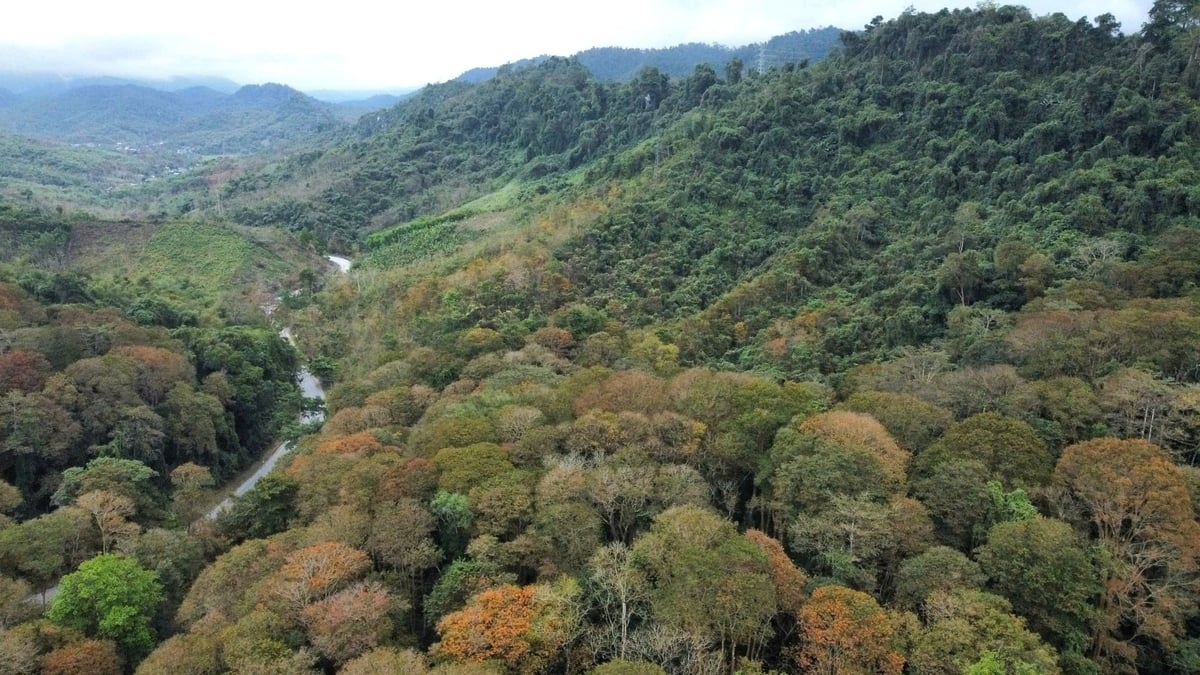
The mountainous areas of Nghe An greatly benefit from the Emission Reductions Payment Agreement (ERPA) for the North Central Region. Photo: Viet Khanh.
In the context of limited state budget funds for forest protection and management, revenue streams from forest environmental services, replacement afforestation, and especially funding from the Emission Reductions Payment Agreement (ERPA) for the North Central Region have made a significant difference in many aspects.
Local authorities, forest owners, and stakeholders affirm that ERPA is a practical policy with a positive impact on the livelihoods of highland communities. In practice, this policy has alleviated the heavy financial burden on the state budget for forest protection and management by creating jobs, improving livelihoods, and increasing income for forest workers. As a result, it has contributed to national security, social order, and maintaining Nghe An province’s stable forest coverage rate at over 58%.

The more natural forest an area has, the greater the ERPA payments. Photo: Viet Khanh.
It is important to emphasize that ERPA is a new policy with many unprecedented aspects. Therefore, a cautious approach is required, ensuring careful and step-by-step implementation to minimize legal risks. Throughout the process, the Nghe An Forest Protection and Development Fund has closely advised the Department of Agriculture and Rural Development (now the Department of Agriculture and Environment) in issuing a series of regulatory documents to ensure smooth implementation.
That said, this does not mean everything has gone seamlessly from start to finish. On the contrary, numerous challenges and obstacles have affected overall progress. This was anticipated from the outset, especially given that Nghe An has the largest forested area in the country, yet its natural forest coverage has fluctuated significantly compared to the figures published in the province’s 2023 land-use report.
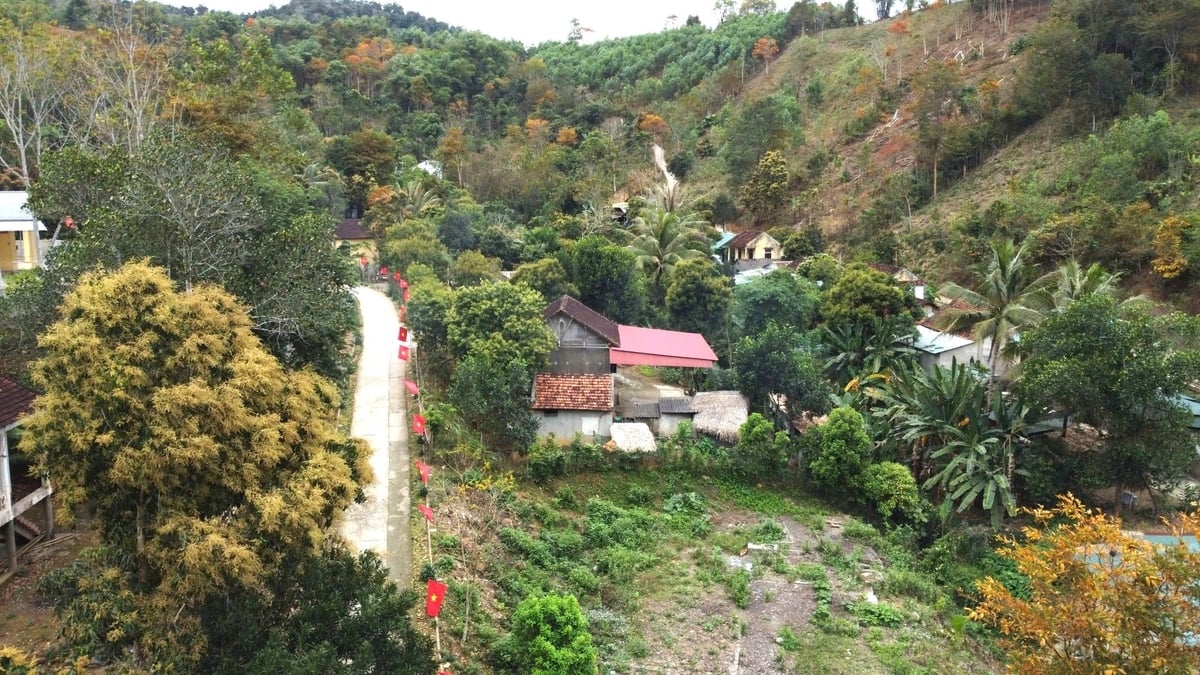
The rural landscape in Nghe An's mountainous areas is thriving thanks to the ERPA policy. Photo: Viet Khanh.
Not to mention, issues such as land encroachment, overlapping claims, and forest land disputes remain quite common. Additionally, many forest owners whether households, individuals, or community groups, possess natural forest areas but are not included in the 2023 official forest status report. In some cases, discrepancies between actual surveyed areas and recorded figures have led to a lack of basis for payment in 2024.
Despite these intertwined challenges and opportunities, the ERPA for the North Central Region has undeniably brought positive changes to Nghe An’s mountainous areas. This is particularly evident in districts with extensive natural forests, such as Tuong Duong, Ky Son, Con Cuong, and Que Phong.
Numbers speak truth - they clearly demonstrate the widespread impact of ERPA. As of the end of 2024, Nghe An province has disbursed over VND 173 billion to beneficiaries, achieving 85.4% of the target.
Based on the implementation guidelines for ERPA, the Tuong Duong Forest Protection Department advised the Tuong Duong District People’s Committee to issue Official Letter No. 1221/UBND-NL. This directive instructed commune and town authorities to open bank accounts and guided village communities, who have agreements to protect forests with organizational forest owners on planning and estimating support funding in accordance with Decree No. 107/2022/NĐ-CP.
According to statistics, the total area of natural forest benefiting from ERPA in Tuong Duong district is over 90,975 hectares. Of this, nearly 60,810 hectares are managed by households, individuals, and community groups, while the remaining portion falls under the administration of commune-level authorities.
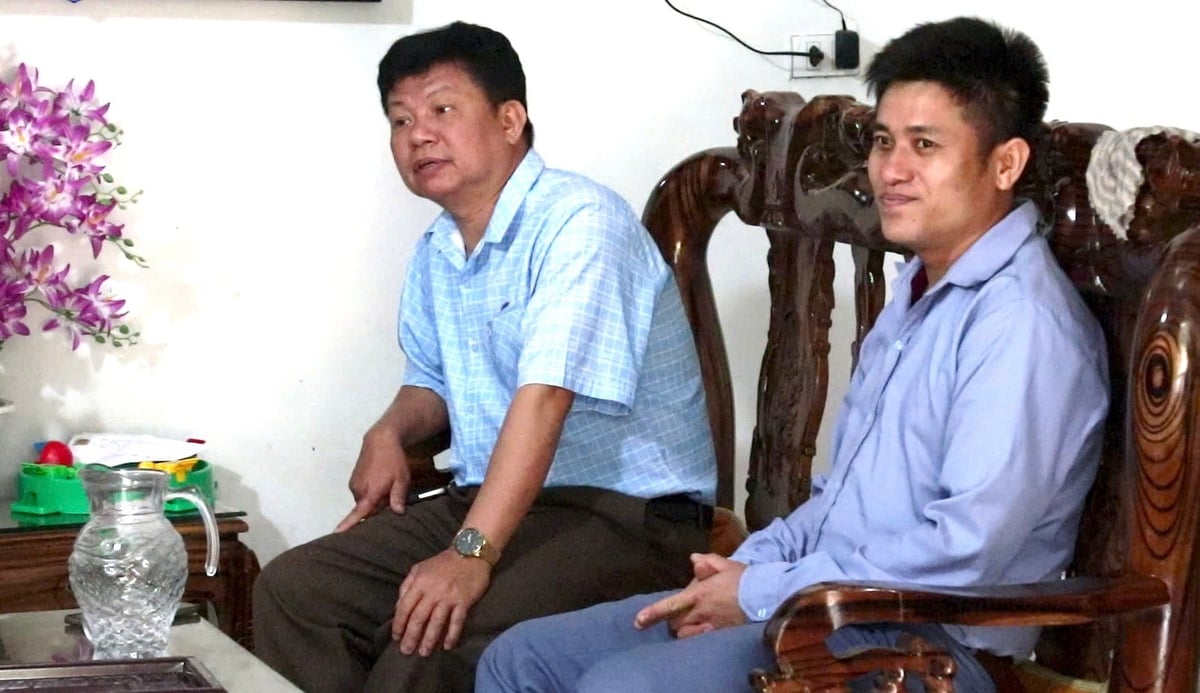
Mr. Vi Van Nhi, a resident of Co Phao village (right), affirms that the ERPA policy has brought many practical benefits. Photo: Viet Khanh.
Mr. Le Dinh Tu, Deputy Head of the Tuong Duong Forest Protection Department, provided an overview, stating that the district has 236,646 hectares of forest, with a coverage rate of 84.28%. Given this unique landscape, the livelihoods of local communities remain closely tied to forest-based economies, particularly through the protection of natural forests to benefit from government policies.
“In recent years, the district has effectively implemented forestry policies such as payments for forest environmental services, support under Subproject 1 of Project 3 within the National Target Program for Socio-Economic Development in Ethnic Minority and Mountainous Areas, the Sustainable Forestry Development Program, and forest protection support under Resolution 02 of the Provincial People’s Council. The most recent addition is the ERPA for the North Central Region.
Under the guidance of the Government, ministries, provincial departments, and particularly the direct leadership of the entire political system of Tuong Duong district, the Forest Protection Department has taken the lead in coordinating with beneficiary communes to conduct reviews and compile documentation for large-scale implementation. In 2024, VND 23.3 billion from ERPA has served as a comprehensive driving force, reinforcing accountability and spreading awareness of forest management and protection throughout the community.”
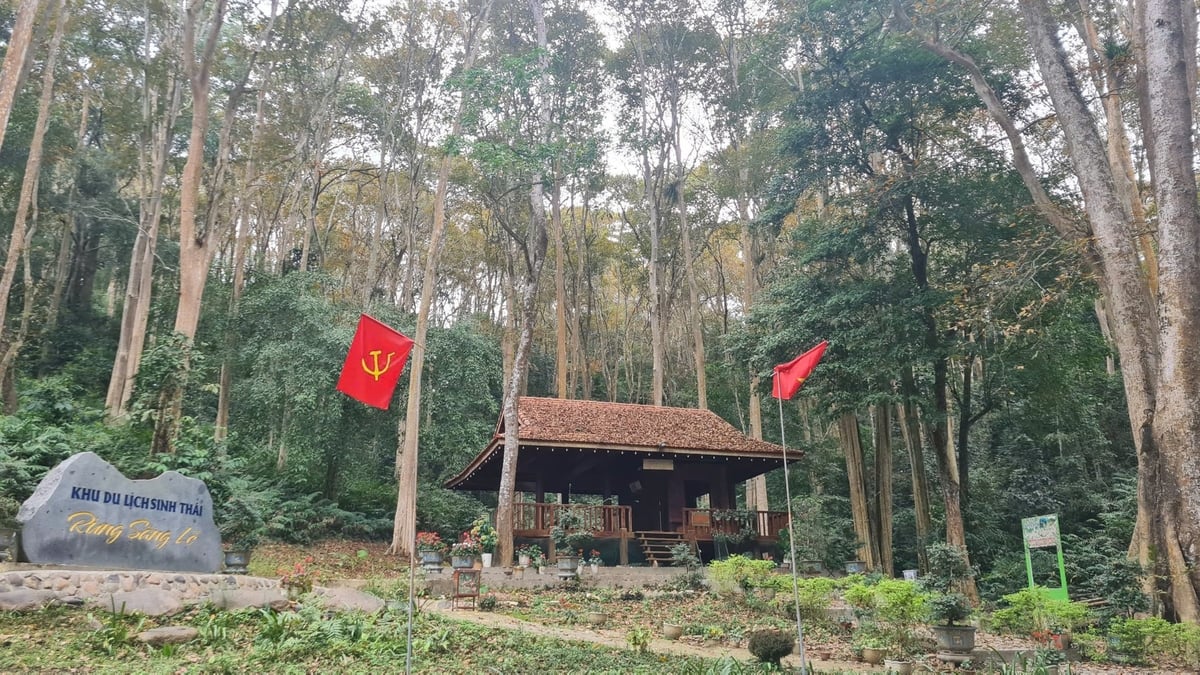
The entire Tuong Duong district has over 90,000 hectares of natural forest benefiting from the Emission Reductions Payment Agreement (ERPA). Photo: Tam Phung.
This perspective is shared by Luong Ba Truyen, Vice Chairman of the Yen Na Commune People's Committee: “The terrain here is challenging, surrounded by high mountains and dense forests. Most local people lack stable employment and still rely heavily on natural resources. Alongside policies for payments for forest environmental services and replacement afforestation, the ERPA has brought a refreshing change to many. Thanks to ERPA, stakeholders have found the necessary alignment - not only easing professional burdens but also acting as a catalyst to accelerate rural development.”
Sitting nearby, Vi Van Nhi, a resident of Co Phao village in Yen Na Commune, nodded in agreement. With a beaming smile, he shared: “For generations, our ancestors have lived off the forest. In these highland areas, the forest has always provided shelter and protection. My family has been entrusted by the state to manage and protect more than three hectares of natural forest, and now, with the additional ERPA support, the burden of daily livelihood has eased somewhat. We see the forest as our lifeline, our way of life - so young and old alike are committed to safeguarding and preserving it.”
As the forest management unit responsible for over 86,000 hectares of various forest types spread across 16 out of 17 communes and towns in Tuong Duong district, the Tuong Duong Protection Forest Management Board has endured over 20 years of dedication and challenges in forest protection. Through this journey, they have come to deeply understand the heavy professional responsibility they bear. With vast and complex forested areas, maintaining security requires mobilizing local community support by leveraging state-backed assistance policies.
Mr. Nguyen Sy Hieu, Deputy Head of the Tuong Duong Protection Forest Management Board, candidly emphasized: “In 2024, we have disbursed over VND 2 billion from the ERPA to four localities: Tam Quang, Tam Thai, Xa Luong, and Thach Giam town. In 2025, the policy is expected to expand further, with over VND 5 billion in funding. Of this, approximately VND 1.8 billion will be allocated for contracted forest protection in Zone I communes, while the remaining amount will support livelihood development for 68 communities. Rights come with responsibilities, and thanks to community involvement, the burden of forest protection has been shared at the right time and in the right place.”
$ 1 = VND 25.370 - Source: Vietcombank.
Translated by Kieu Chi

(VAN) Despite investment costs being 1.5 to 1.8 times higher than conventional methods, multi-story pig farming demonstrates outstanding effectiveness, increasing land-use efficiency by 4 to 10 times.

(VAN) Deputy Minister of Agriculture and Environment Phung Duc Tien leads a working delegation to participate in several key activities in China aimed at promoting agricultural and fisheries cooperation.
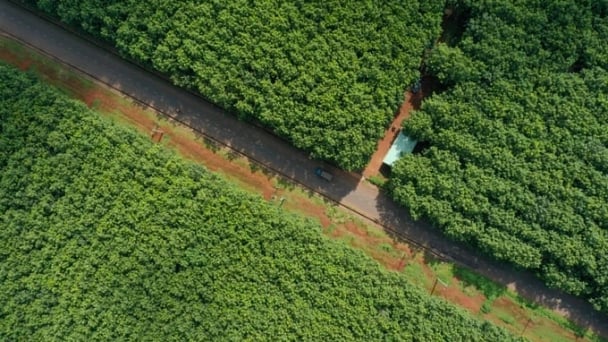
(VAN) The European Commission has just released a list of ‘low-risk’ countries for deforestation, which includes Vietnam.

(VAN) The convenience of single-use plastics is leaving lasting consequences for the oceans.
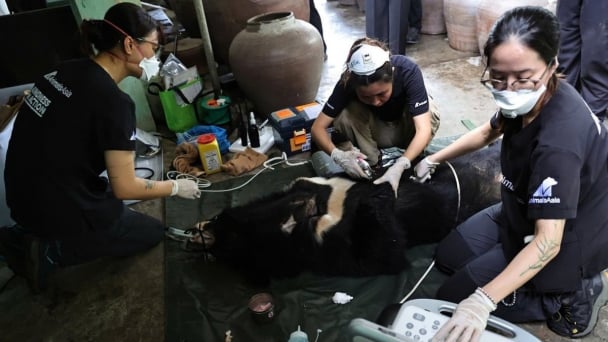
(VAN) On the morning of May 23, in Nghe An, the Animals Asia Foundation successfully rescued a Tibetan bear and transferred it to the Vietnam Bear Rescue Centre located in Bach Ma National Park.

(VAN) On May 23, Deputy Minister of Agriculture and Environment Tran Thanh Nam held a working session with a Japanese delegation on the application of digital technology in agricultural production.
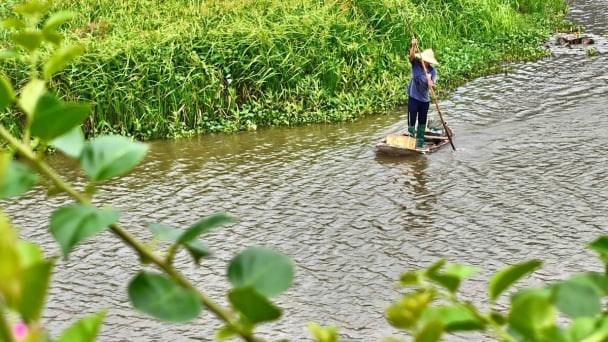
(VAN) In the tranquil wetlands of Van Long, there are quiet souls who guard the forests, nurture the waters, and oversee every bird and troop of langurs as protecting the essence of a living heritage.